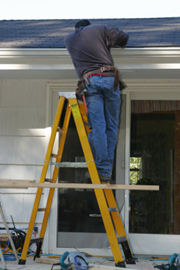Sat 15 Jan 2011
Solving the Government’s Tax Free Savings Account (TSFA) Puzzle
Posted by Cynthia under Tax Credits
Comments Off
This is the second year that the TSFA has been available as an investment vehicle and yet only 1/3 of Candians have taken advantage of it. It is a great way to shelter your long term investments. There is no immediate gratification since you do not get a tax break on the money you invest (it is after tax dollars) but any monies you make on your investment are exempt from any taxes in the future. Can you imagine what that would mean in 20 years if your investments do well!! Under the guidelines, you can contribute up to $5000 per year and withdraw money at any time without any tax on the amount you put in or the profit you make.
A few words of caution though, if you remove any money you have invested in the TSFA account, you can not put it back until the next calendar year without a penalty.
Secondly if you transfer money from one TFSA account to another financial institution within the same calandar year it is considered an additional contribution or an over contribution and you will be penalized.
So TFSAs are a fanatastic financial tool that provide a great amount of tax relief in later years, but they are not a good idea if you are planning to use it as an emergency fund or an everday account.
TSFA’s are a great investment vehicle but make sure you know the rules!
 To stimulate economic growth and encourage Canadians to invest in improvements to their principal residences. Budget 2009 has proposed a temporary
To stimulate economic growth and encourage Canadians to invest in improvements to their principal residences. Budget 2009 has proposed a temporary